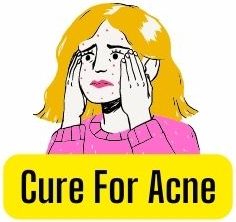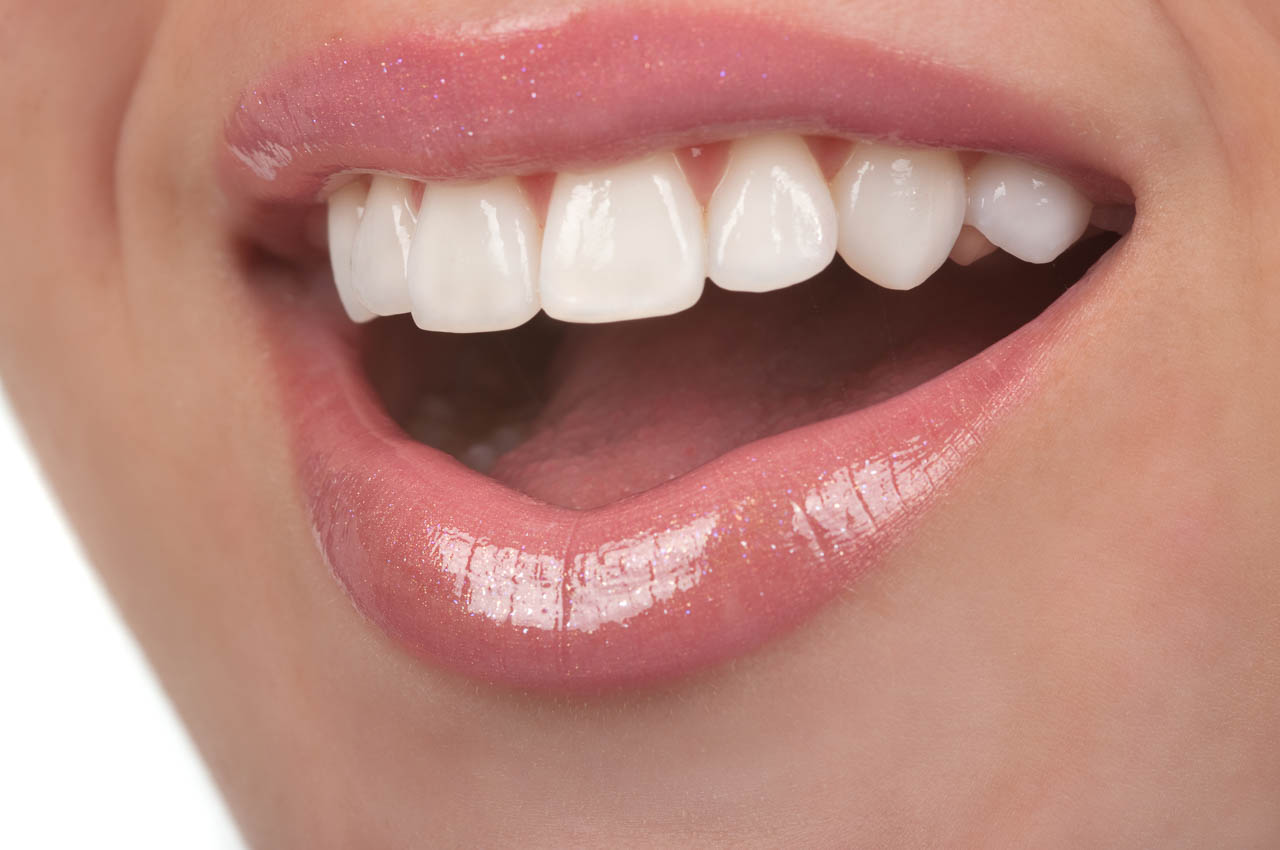The bacteria responsible for breakouts on your face are naturally present in your mouth and gastrointestinal tract. However, there are cases where dental pain or infection is the cause of your acne. You should see a dermatologist or general practitioner if you suspect that you have an oral infection. In some cases, you can consult an esthetician or a dentist, who can prescribe the proper treatment. Depending on the cause of the infection, your dentist can either treat the root cause or the acne itself.
Oral fibromas
A common cause of cystic acne is an oral fibroma, also known as a reactive hyperplasia. These neoplastic lesions are noncancerous, hard scars in the mouth. Usually pink or white in color, they are typically harmless. Most are caused by trauma or localized irritation. Compulsive biting and dental appliances can also lead to these lesions. Diabetics are at higher risk for oral problems.
An infected tooth and gums can also cause acne. When bacteria on your teeth contact the skin, they produce propionibacterium, a bacterium that causes inflammation and acne. This bacteria can cause acne breakouts when it infects your face. In addition, pimples in the chin, lower cheeks, and lips are more likely to be caused by tooth infections, cavities, or gingivitis.
Intraoral dental sinuses
The extraoral dental sinus drains to the chin, submandibular region, and cheek. The sinus drains a small amount of water, often pus. A toothache is rare. In many cases, the symptoms of intraoral dental sinus infection mimic more common conditions such as boils, skin cancer, and pyogenic granuloma. Despite the similarity, it is essential to be examined by a dentist to rule out this condition.
The first symptom is a painful pus discharge. This is due to the accumulation of infection material in the sinus. This discharge has a bad taste, but it may be the only sign of a lesion. Another symptom is inflammation, which is the body’s natural response to infection. It releases chemical mediators that trigger bone resorption. This causes a buildup of pressure. In some cases, pus formation is accompanied by swelling of the facial tissues and causes cystic acne.
An intraoral examination of the dental sinus may reveal a carious tooth or a previous dental trauma. A biopsy may also reveal a granuloma or an epithelium-lined sinus. The site of the infected tooth may be slightly tender to percussion. The diagnosis may be confirmed by swab biopsy or a fistulogram. If the infection is in the tooth itself, a surgeon may recommend an extraction.
While cutaneous dental sinus tracts are rare, they do occur. They form a channel in the dental focus and drain into the face or neck. They typically occur in middle-aged adults, but may affect people of any age. The symptoms of odontogenic sinuses are similar to those of other lesions, including squamous cell carcinoma. So it is important to be sure about the cause before it spreads to the skin.
During the course of his evaluation, the dentist identified a 62-year-old mandible with a focal thinning of the anterior neck. Upon biopsy, the patient was referred for surgical excision. The clinical examination revealed a subcutaneous nodule firmly fixed to the lower part of the mandible. This nodule was characterized by a rubbery retraction when pulled. The patient preferred to undergo excision and was re-assessed intraoperatively. His treatment included excision of the nodule and a periapical lucency. A CT was also performed.
Various types of oral problems can affect the appearance of acne. Poor dental health can contribute to breakouts because of the buildup of bad bacteria. Poor dental hygiene can lead to infection of the tooth, causing inflammation. As a result, the bacteria may reach the face, triggering acne breakouts. In many cases, patients with acne may see an improvement in their acne after dental treatment for gingivitis and periodontal disease.
Oral propionibacterium
If you are plagued by frequent and severe acne outbreaks, it’s worth taking steps to treat an oral propionibacterium infection. Aside from taking an oral antibiotic to kill the bacteria, dermatologists may recommend certain topical medications that help to control acne outbreaks. These drugs may include retinoids, which shrink the oil glands, and isotretinoin, which inhibits skin-cell production and reduces inflammation.
Although Propionibacterium acnes is part of the normal microbiota of human beings, it is the cause of late-stage chronic infections, as well as acute cases. The genome of P. acnes is highly complex, containing several virulent factors that confer pathogenic potential. These factors have led to a host of health complications, including cystic acne. Therefore, P. acnes should be considered a potential pathogen of low-grade infections of implanted materials.
If you have acne or any other skin condition, an oral propionibacterium infection may be a possible cause. This bacterium prefers anaerobic environments and is involved in the pathogenesis of acne. The bacteria are present in the mouths and skin of more than 45 million people in the United States. In addition, acne treatment is responsible for approximately 20 percent of all visits to dermatologists. While it typically emerges during preteen years, it can persist into adulthood. Moreover, it has serious psychosocial consequences.
Infection of the gums can also lead to acne. Bacteria in the mouth increase the amount of propionibacterium in the skin, causing inflammation. When the bacteria on your teeth and gums touch your face, they multiply, forming acne. Generally, acne forms on the lips, lower cheeks, and chin are caused by dental issues such as gingivitis or cavities.
Oral propionibacterium infections can also cause cystic acne. In the mouth, the bacteria live in the oral cavity, which is a food source for the bacteria. The bacteria cause acne by triggering the skin’s sebaceous glands to secrete too much sebum. This excess sebum clogs the pores and follicles. This excess sebum leads to inflammation, which ultimately leads to zits.
Antibiotic-resistant strains of P. acnes are associated with a high percentage of infection in humans. This is a concern, as antibiotics increase the risk of infection. In addition to causing acne, they can also promote multidrug-resistant skin microbes. In addition to cystic acne, oral Propionibacterium infections can contribute to other health problems. One recent study suggests that oral Propionibacterium infections can lead to brain abscesses after neurosurgery.




